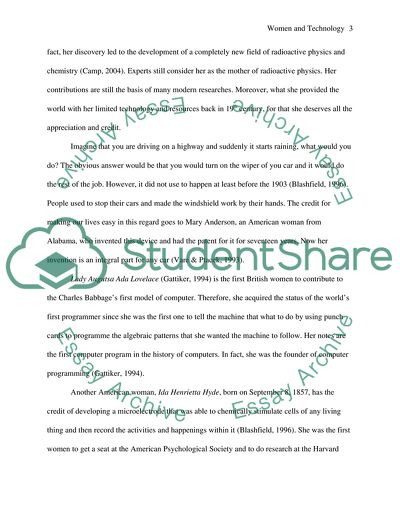Cite this document
(Women that Have Brought Revolutions in the Technology Case Study Example | Topics and Well Written Essays - 1500 words, n.d.)
Women that Have Brought Revolutions in the Technology Case Study Example | Topics and Well Written Essays - 1500 words. https://studentshare.org/technology/1734963-women-and-technology
Women that Have Brought Revolutions in the Technology Case Study Example | Topics and Well Written Essays - 1500 words. https://studentshare.org/technology/1734963-women-and-technology
(Women That Have Brought Revolutions in the Technology Case Study Example | Topics and Well Written Essays - 1500 Words)
Women That Have Brought Revolutions in the Technology Case Study Example | Topics and Well Written Essays - 1500 Words. https://studentshare.org/technology/1734963-women-and-technology.
Women That Have Brought Revolutions in the Technology Case Study Example | Topics and Well Written Essays - 1500 Words. https://studentshare.org/technology/1734963-women-and-technology.
“Women That Have Brought Revolutions in the Technology Case Study Example | Topics and Well Written Essays - 1500 Words”. https://studentshare.org/technology/1734963-women-and-technology.


